The flat roof systems have to withstand a lot of climatic changes, structural and mechanical influences. And the best solution is the EPDM roofing and waterproofing systems – for the wear and tear of the roofing system. It can withstand different weather conditions, thermal impacts and mechanical influences.
EPDM (Ethylene Propylene Diene Monomer) is the synthetic rubber, a molecular cross-linked structure. Roofers best choice for waterproofing the flat roof for its durability and flexibility as compared to other conventional roofing systems.
EPDM is a single-ply membrane. It is one single product that is used for waterproofing most of the building structure. The application of EPDM could be any areas of the building such as flat roof waterproofing/terrace, basement, expansion joints, wet areas – toilet blocks, facades, HVAC, hydraulic brake systems and electrical insulation.
These rubber membranes are chemical-resistant, weather-resistant, and UV resistant. The rubber roofing membrane does not contain any hazardous additives such as the heavy metals, halogens or volatile softeners and is ecologically safer to be used. It can withstand high and low temperatures.
The EPDM rubber membrane is technologically and commercially the best substitute of bitumen membranes, crystalline products, and other coating substances.
How is EPDM installed?
The natural rubber tends to degrade after a while and crack under extreme weather conditions. The synthetic alternatives are engineered to possess the resistance quality and tailored to be used for various purposes.
EPDM is installed mainly in two ways –
- With an adhesive such as contact adhesive or PVA water-based adhesive
- With a fleece back system, where the backing helps in giving a cushioning layer over minor imperfections, splits or ridges formed in the existing roof system
EPDM can relatively be installed easily without heat, and hence there is no flame on site unlike that of a felt system. This roofing solution requires little to no maintenance and cost-efficient for its life cycle. And hence are the most popular options for roofs waterproof.
The installation process of EPDM roofing is quicker:
Layering
EPDM is available in large pieces and can be used to cover the whole of roof area. Roofers start the process of layering by rolling out the EPDM membrane over the flat and dry roof deck, with excess allowance over the edge of the building or above the foot when running up the walls. When the membrane is allowed to settle for some time, it is folded back for the next step.
Adhesive preparation
Using the roller apply the adhesive to secure the EPDM to the roof deck. Then, it is allowed to dry in a semi-dried state before going to the next step.
Smoothing the Edges
When the adhesive is ready, the roofers carefully rollout the EPDM membrane smoothly without the formation of air pockets or wrinkles. The rollers or push brooms are used to smooth out the membrane evenly.
Seams and Sealing
Using the special equipment, the roofers apply the caulk to prevent water from getting through the seams that run between the membrane sheets.
A termination bar is also installed to secure the parts of the membrane layer that runs up the walls or any 90-degree surfaces like the chimney.
EPDM systems also are available in a range of flashing’s and tapes. These can use used for watertight installation on flashing skylights for flat roofs.

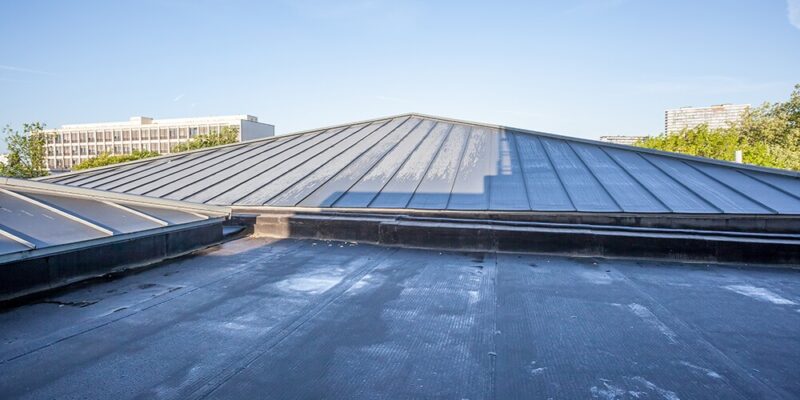
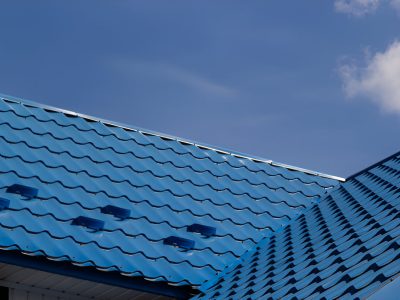
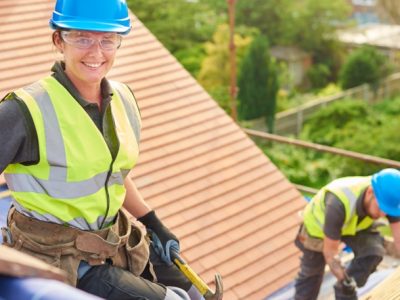
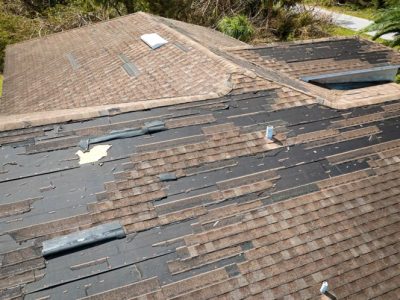
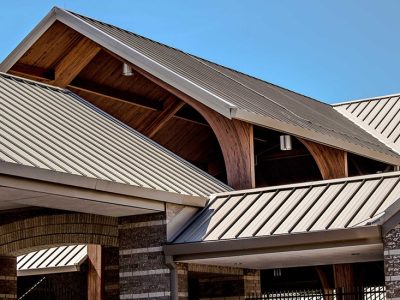
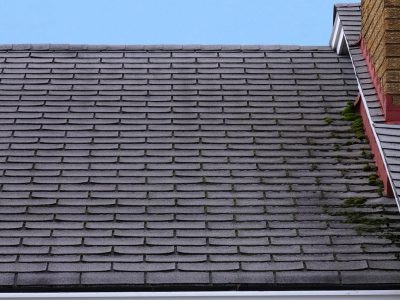
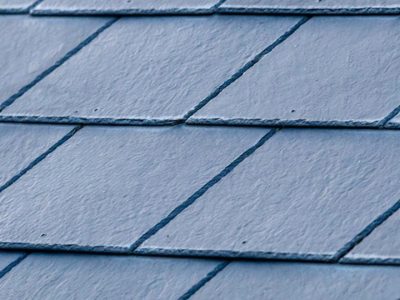


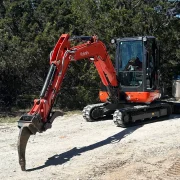
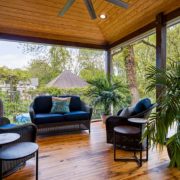
Comments